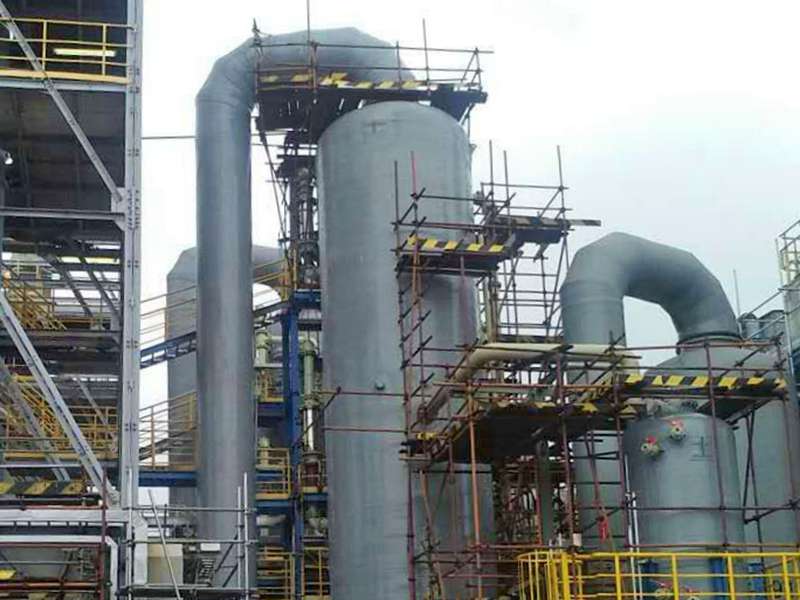
-
 Afrikaans
Afrikaans -
 Albanian
Albanian -
 Amharic
Amharic -
 Arabic
Arabic -
 Armenian
Armenian -
 Azerbaijani
Azerbaijani -
 Basque
Basque -
 Belarusian
Belarusian -
 Bengali
Bengali -
 Bosnian
Bosnian -
 Bulgarian
Bulgarian -
 Catalan
Catalan -
 Cebuano
Cebuano -
 China
China -
 China (Taiwan)
China (Taiwan) -
 Corsican
Corsican -
 Croatian
Croatian -
 Czech
Czech -
 Danish
Danish -
 Dutch
Dutch -
 English
English -
 Esperanto
Esperanto -
 Estonian
Estonian -
 Finnish
Finnish -
 French
French -
 Frisian
Frisian -
 Galician
Galician -
 Georgian
Georgian -
 German
German -
 Greek
Greek -
 Gujarati
Gujarati -
 Haitian Creole
Haitian Creole -
 hausa
hausa -
 hawaiian
hawaiian -
 Hebrew
Hebrew -
 Hindi
Hindi -
 Miao
Miao -
 Hungarian
Hungarian -
 Icelandic
Icelandic -
 igbo
igbo -
 Indonesian
Indonesian -
 irish
irish -
 Italian
Italian -
 Japanese
Japanese -
 Javanese
Javanese -
 Kannada
Kannada -
 kazakh
kazakh -
 Khmer
Khmer -
 Rwandese
Rwandese -
 Korean
Korean -
 Kurdish
Kurdish -
 Kyrgyz
Kyrgyz -
 Lao
Lao -
 Latin
Latin -
 Latvian
Latvian -
 Lithuanian
Lithuanian -
 Luxembourgish
Luxembourgish -
 Macedonian
Macedonian -
 Malgashi
Malgashi -
 Malay
Malay -
 Malayalam
Malayalam -
 Maltese
Maltese -
 Maori
Maori -
 Marathi
Marathi -
 Mongolian
Mongolian -
 Myanmar
Myanmar -
 Nepali
Nepali -
 Norwegian
Norwegian -
 Norwegian
Norwegian -
 Occitan
Occitan -
 Pashto
Pashto -
 Persian
Persian -
 Polish
Polish -
 Portuguese
Portuguese -
 Punjabi
Punjabi -
 Romanian
Romanian -
 Russian
Russian -
 Samoan
Samoan -
 Scottish Gaelic
Scottish Gaelic -
 Serbian
Serbian -
 Sesotho
Sesotho -
 Shona
Shona -
 Sindhi
Sindhi -
 Sinhala
Sinhala -
 Slovak
Slovak -
 Slovenian
Slovenian -
 Somali
Somali -
 Spanish
Spanish -
 Sundanese
Sundanese -
 Swahili
Swahili -
 Swedish
Swedish -
 Tagalog
Tagalog -
 Tajik
Tajik -
 Tamil
Tamil -
 Tatar
Tatar -
 Telugu
Telugu -
 Thai
Thai -
 Turkish
Turkish -
 Turkmen
Turkmen -
 Ukrainian
Ukrainian -
 Urdu
Urdu -
 Uighur
Uighur -
 Uzbek
Uzbek -
 Vietnamese
Vietnamese -
 Welsh
Welsh -
 Bantu
Bantu -
 Yiddish
Yiddish -
 Yoruba
Yoruba -
 Zulu
Zulu
frp rectangular tank
Understanding FRP Rectangular Tanks A Comprehensive Overview
FRP (Fiber Reinforced Plastic) rectangular tanks have gained prominence in various industries due to their durability, lightweight, and resistance to corrosion. These tanks are widely used for storing liquids, chemicals, and other materials due to their versatility and efficiency. This article explores the characteristics, applications, benefits, and considerations related to FRP rectangular tanks.
Characteristics of FRP Rectangular Tanks
FRP rectangular tanks are constructed from a combination of fiberglass and plastic, which provides exceptional strength and flexibility. The fiberglass reinforcement allows the tanks to withstand significant pressure and impact while remaining lightweight compared to traditional materials such as steel or concrete. Additionally, these tanks can be manufactured in a variety of sizes and dimensions to meet specific storage needs, making them highly customizable.
The non-corrosive nature of FRP makes it particularly valuable for industries dealing with aggressive chemicals. The material is resistant to a wide range of solvents, acids, and alkalis, which prevents the degradation commonly seen in metal tanks. Moreover, FRP rectangular tanks can cope with varying temperatures, making them suitable for storing both cold and hot liquids.
Applications of FRP Rectangular Tanks
The versatility of FRP rectangular tanks allows them to be used across multiple sectors. In the chemical industry, they are the go-to solution for storing corrosive substances without the risk of leaks or environmental contamination. Water treatment facilities also favor these tanks for their ability to hold large volumes of water efficiently.
Other applications include the food and beverage industry, where the tanks can be tailored to store ingredients and products safely. They are frequently employed in agricultural settings for storing fertilizers and pesticides. Additionally, the pharmaceutical industry utilizes FRP tanks to maintain the integrity of sensitive chemicals and compounds.
Benefits of FRP Rectangular Tanks
frp rectangular tank

One of the standout features of FRP rectangular tanks is their longevity. Unlike metal tanks that can rust and corrode over time, FRP tanks do not suffer from such deterioration. This durability translates into lower maintenance costs and extended service life, making FRP tanks a cost-effective investment over time.
Furthermore, the lightweight nature of FRP simplifies installation and transportation. Unlike heavy concrete or steel tanks, FRP tanks can be transported more easily, and their installation requires less labor. This efficiency not only saves time but also reduces overall project costs.
Additionally, the energy efficiency of FRP rectangular tanks cannot be overlooked. Their insulating properties help maintain the temperature of stored contents, reducing energy costs related to heating or cooling processes. This environmental advantage contributes to the growing appeal of FRP tanks in sustainability-focused industries.
Considerations When Choosing FRP Rectangular Tanks
While FRP rectangular tanks offer many advantages, there are some considerations to keep in mind. It is essential to assess the compatibility of FRP with the specific materials you intend to store, as not all chemicals are suitable for storage in FRP tanks. Consulting with manufacturers and conducting proper testing can help ensure optimal compatibility.
Moreover, the initial cost of FRP tanks can be higher than that of traditional materials. Businesses should evaluate their long-term benefits, as the reduced maintenance and extended lifespan often compensate for the higher upfront investment.
Finally, proper handling and care during installation and operation are crucial to maintaining the integrity of the tanks. Although resistant to corrosion, FRP can still be damaged if mishandled or improperly maintained.
Conclusion
FRP rectangular tanks represent a significant advancement in storage solutions across diverse industries. Their combination of durability, lightweight design, and resistance to chemical corrosion makes them an ideal choice for storing liquids and other materials. As industries continue to prioritize efficiency and sustainability, the demand for FRP solutions is likely to grow, proving that these tanks are more than just a trend—they are a pivotal component of modern storage technology.









